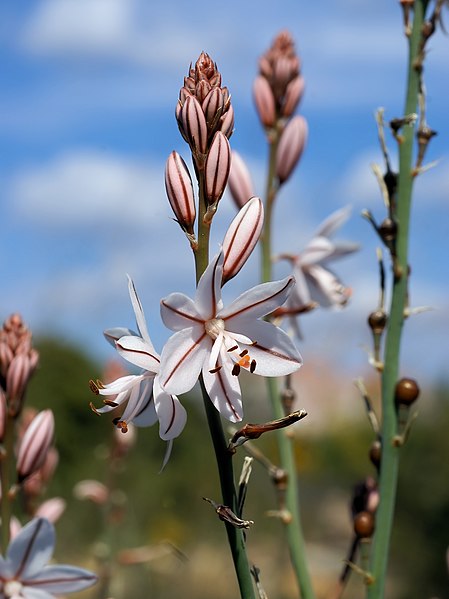Minnie DAISY
(Minuria leptophylla)
(Photos: E. Cousins, Trig Point, Cape Jervis)
You could easily think the name of this daisy was the mini, rather than the Minnie, given its size! You can see from the insect on the flower in the second photo that the flowers are only about 1-2 cms across. On the coast around Cape Jervis, the plant itself grows to ankle height only, with narrow, shiny green leaves. Flowers are white, with a bright yellow centre; sometimes the flowers are shades of pink or purple. You won’t find this plant out for much longer this year. It has already produced it seeds … two different kinds in the one flower head! Soon the leaves will die back in the heat and dryness of summer, but watch carefully for it reshooting in autumn. Yes, this is another one of our summer dormant perennial plants.








